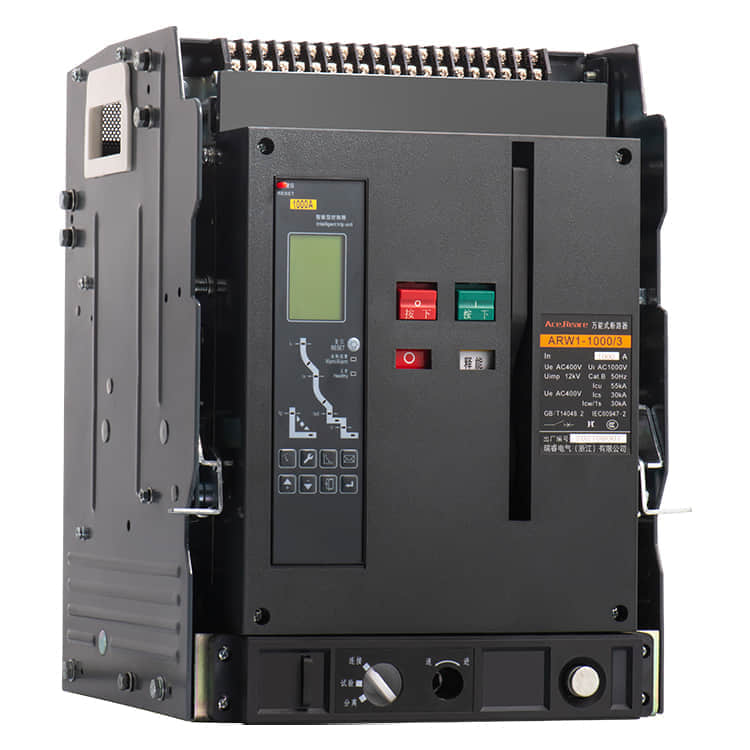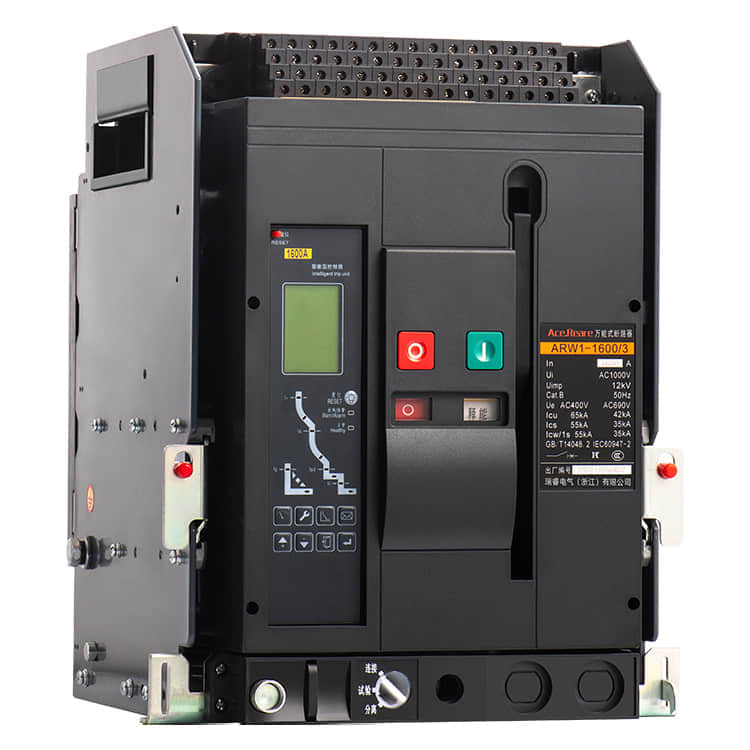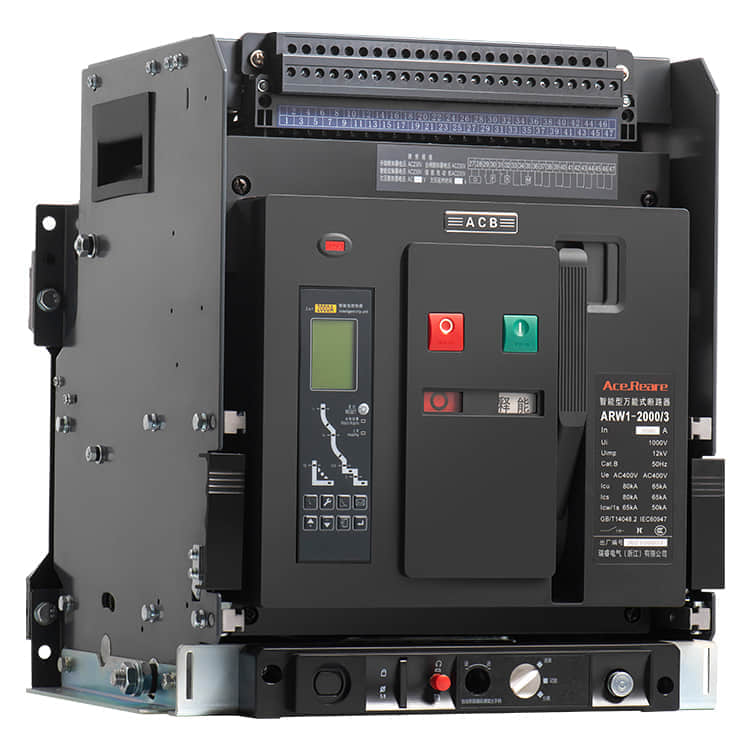ACB Breakers: A Comprehensive Guide

Introduction

In the world of electrical engineering and power distribution, ACB breakers play a pivotal role in ensuring safety and efficiency. ACB, or Air Circuit Breaker, is a vital component in electrical circuits, providing protection against overcurrents and short circuits. In this article, we will delve into the intricacies of ACB breakers, exploring their functions, types, applications, and the importance of proper maintenance. What is an ACB Breaker? An Air Circuit Breaker, commonly known as an ACB breaker, is a device designed to protect electrical circuits and equipment from damage due to excessive current flow. Unlike traditional fuses, ACB breakers can be reset after tripping, making them reusable and cost-effective in the long run. Functions of ACB Breakers Overcurrent Protection: The primary function of an ACB breaker is to interrupt the circuit when it detects an overcurrent condition. This is crucial for preventing damage to electrical equipment and ensuring safety. Short Circuit Protection: ACB breakers also protect against short circuits, which occur when an electrical current takes an unintended path. These can lead to fires, equipment damage, and electrical hazards. Types of ACB Breakers There are various types of ACB breakers designed to meet different requirements in electrical systems. Some common types include: Fixed Type ACB: These breakers have a fixed frame and are suitable for applications with stable current loads. Drawout Type ACB: These breakers are designed to be easily removed from the panel for maintenance or replacement, making them ideal for critical systems. Air Blast Circuit Breaker: This type of ACB uses a high-velocity air blast to quench the arc when the circuit is interrupted, making it highly efficient. Magnetic Blowout ACB: These breakers use a magnetic field to force the arc to move away from the contacts, extinguishing it quickly. Applications of ACB Breakers ACB breakers find applications in various industries and settings, including: Industrial Facilities: ACB breakers are commonly used in manufacturing plants, factories, and industrial facilities to protect machinery and equipment. Commercial Buildings: In commercial buildings, ACB breakers help safeguard electrical systems, preventing costly downtime. Power Generation and Distribution: ACB breakers play a crucial role in power generation and distribution to ensure a stable supply of electricity. Marine and Aerospace: ACB breakers are used in marine and aerospace applications, where reliability is paramount. Importance of Maintenance Proper maintenance of ACB breakers is essential to ensure their reliability and longevity. Regular inspections, cleaning, and testing are crucial to identify and address any issues before they lead to system failures. Additionally, routine maintenance can extend the service life of ACB breakers, reducing overall operational costs. Conclusion ACB breakers are indispensable components of electrical systems, providing protection against overcurrents and short circuits. Understanding their functions, types, and applications is essential for ensuring the safety and efficiency of electrical systems in various industries. Regular maintenance and inspection of ACB breakers are key to their reliability and performance, making them a vital part of modern electrical engineering.
